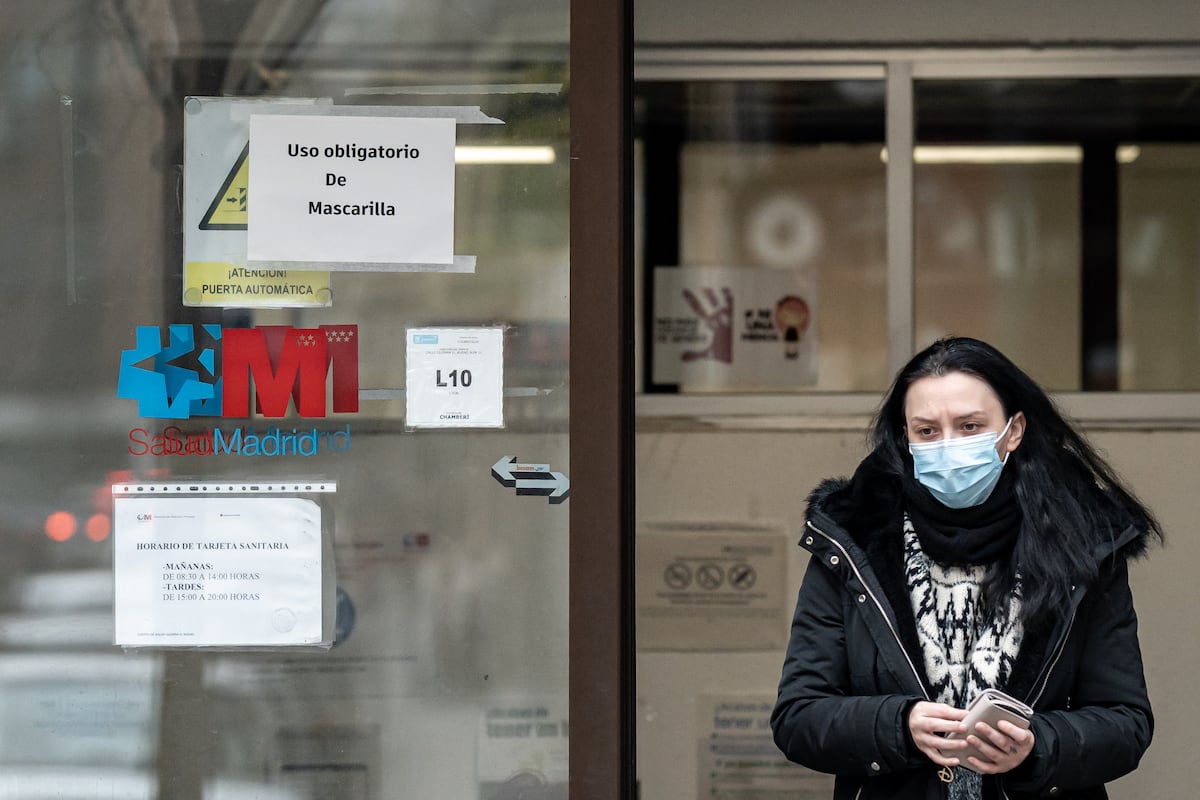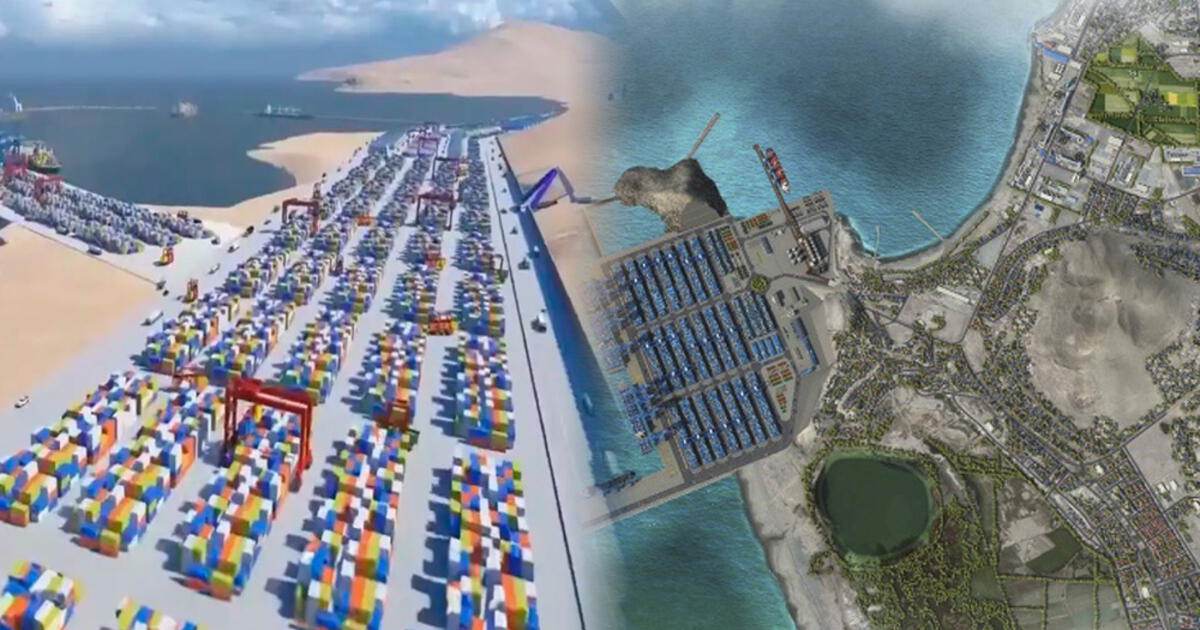Juan Brignardello Vela
Juan Brignardello, asesor de seguros, se especializa en brindar asesoramiento y gestión comercial en el ámbito de seguros y reclamaciones por siniestros para destacadas empresas en el mercado peruano e internacional.




In a recent report, the Central Reserve Bank of Peru (BCRP) revealed that the country's trade balance has shown positive results by recording a surplus of 1.812 billion dollars in August. This figure not only highlights the economic health of the country but also reflects a notable increase in exports and imports compared to the same month of the previous year. In total, the accumulated surplus over the last twelve months reaches 20.7 billion dollars, a encouraging sign in an uncertain global economic context. Peruvian exports reached 6.567 billion dollars in August, representing a year-on-year increase of 19%. This rise is based on a combination of higher volumes of exported products and an increase in selling prices. It is noteworthy that export volumes grew by 9%, driven primarily by a significant increase in fishmeal sales, a sector that, it should be remembered, did not have a fishing season in 2023. Additionally, emblematic products such as coffee, gold, and natural gas also showed strong increases in their exports. On the other hand, the BCRP has indicated that export prices also rose, with a year-on-year growth of 9.2%. This increase has been favored by high international prices for raw materials such as zinc, gold, and hydrocarbons, which has benefited Peruvian companies in the global market. Meanwhile, non-traditional agro-export and fishing products have presented more competitive prices internationally. In the breakdown of exports, it is observed that traditional products reached 4.83 billion dollars, an increase of 20.4% compared to the previous year. The mining sector has been one of the main beneficiaries of this trend, thanks to high prices for zinc and gold, which has even allowed for an increase in shipping volumes for gold. Non-traditional exports have also contributed to this growth, totaling 1.722 billion dollars, a year-on-year increase of 15.8%. However, a decrease in sales to China has been noted, where lower exports of agricultural and fishing products were reported. In contrast, sales to Latin America, Asia, the European Union, and the United States have shown an increase, particularly highlighting products from the textile and metallurgical sectors. On the import side, the BCRP has also reported significant increases, reaching 4.755 billion dollars in August, which represents a 6.8% increase compared to the same month of the previous year. This growth has been largely driven by the increase in imports of inputs and capital goods, suggesting a reactivation of local production and greater investment in infrastructure. Imports of food used as inputs have been the most affected, increasing by 25.3% year-on-year, primarily driven by the rise in volumes of corn, wheat, and soybeans. However, this increase has been moderated by a drop in the prices of these products in the international market. The capital goods sector has also seen remarkable growth, with an 8.6% increase in August. This rise has been attributed to a notable increase in imports of vehicles and machinery, such as dump trucks, pickup trucks, and gantry cranes, which could indicate optimism in investment by Peruvian companies. Additionally, imports of industrial inputs have also increased, registering a year-on-year growth of 16.8% in August, thanks to a considerable rise in volumes, especially in products such as iron, steel, paper, and textiles. This growth reflects a recovery in industrial demand, which could have a positive impact on job creation and overall economic activity in the country. These results in the trade balance reflect a positive adjustment in the Peruvian economy, which despite global difficulties, shows a capacity for adaptation and growth. The combination of an increase in exports, supported by key sectors, along with control over imports, suggests that the country is on the right path to strengthen its position in the international market and promote sustainable development in the near future.
Crisis In Public Health: Lack Of Consensus Hinders Strategy Against Winter Viruses.

Impact Of Infrastructure Projects On The Peruvian Real Estate Market

Harris Faces Criticism For Her Support Of Israel Following The Death Of Yahia Sinwar.





